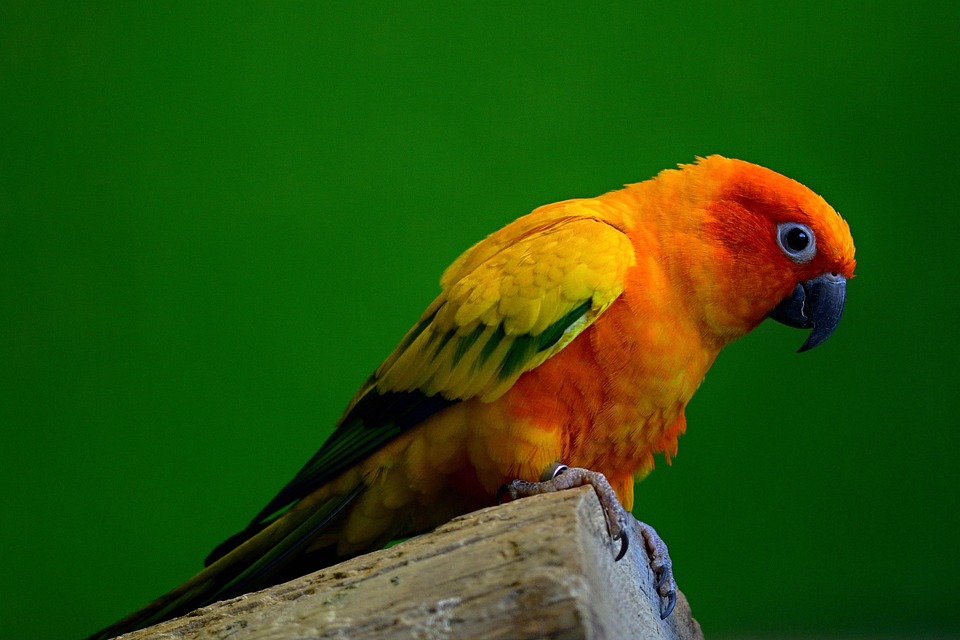Parrots are intelligent and social creatures that often form strong bonds with their human companions. While it may be tempting to allow your parrot to perch on your shoulder, it can lead to unwanted behaviors and potential safety risks. Teaching your parrot the “step down” command is crucial to maintaining a harmonious relationship with your feathered friend. In this article, we will explore effective techniques to teach your parrot to step down from your shoulder and answer some frequently asked questions about parrot behavior.
Allowing your parrot to perch on your shoulder may seem harmless, but it can result in various issues. Firstly, parrots can become territorial and protective of their preferred perching spot, especially when perched on your shoulder. This behavior can escalate into aggression towards others who approach. Additionally, parrots have a natural tendency to explore their surroundings with their beaks. When perched on your shoulder, they may start chewing on your hair, jewelry, or clothing, causing damage or potential harm. Lastly, parrots have strong beaks that can easily inflict injury, especially if they feel threatened or become startled while perched on your shoulder. Teaching the “step down” command ensures a safe and controlled way for your parrot to transition from your shoulder to a designated spot.
To teach your parrot the “step down” command, it is important to establish trust and bonding first. Spend quality time together, engage in positive interactions, and reward good behavior with treats or praise. Target training is a highly effective method for teaching the “step down” command. Introduce a target stick or a designated perch that your parrot can easily recognize. Hold the target stick near your parrot’s feet and encourage them to step onto it. Gradually lower the target stick to your desired step-down location, rewarding your parrot each time they successfully step down onto it. Positive reinforcement plays a crucial role in training parrots, so be sure to reward your parrot with their favorite treat, verbal praise, or a gentle head scratch whenever they step down from your shoulder. Consistency and repetition are key to reinforcing this behavior.
Start practicing the “step down” command in a controlled environment, such as a small training area or a play gym. As your parrot becomes more comfortable with the command, gradually introduce distractions and different locations to ensure they generalize the behavior.
Here are some frequently asked questions about parrot behavior:
1. How long does it usually take to teach a parrot the “step down” command?
The time it takes to teach a parrot the “step down” command can vary depending on the individual bird’s personality and previous training experiences. Generally, with consistent training and positive reinforcement, most parrots can learn this command within a few weeks.
2. What if my parrot refuses to step down and becomes aggressive?
If your parrot shows signs of aggression or refuses to step down, it’s essential to reassess your training approach. Make sure you are using positive reinforcement techniques and gradually increase the difficulty level as your parrot progresses. If the behavior persists, consult with a professional avian behaviorist for further guidance.
3. Can I train an older parrot to step down?
Yes, older parrots can still learn new behaviors and commands. However, it may require more patience and consistency. Take into account your parrot’s history and previous training experiences, adjusting your training techniques accordingly.
Remember, each parrot is unique, and training requires patience, understanding, and positive reinforcement. By teaching your parrot the “step down” command, you are providing them with a safe and respectful way to navigate their environment while strengthening your bond along the way.









